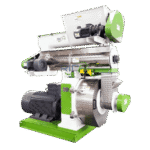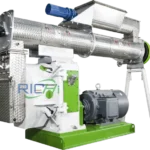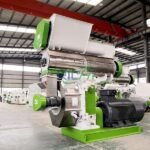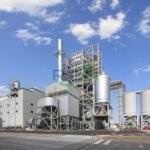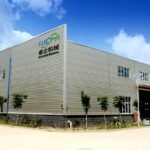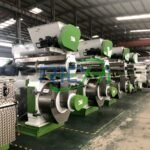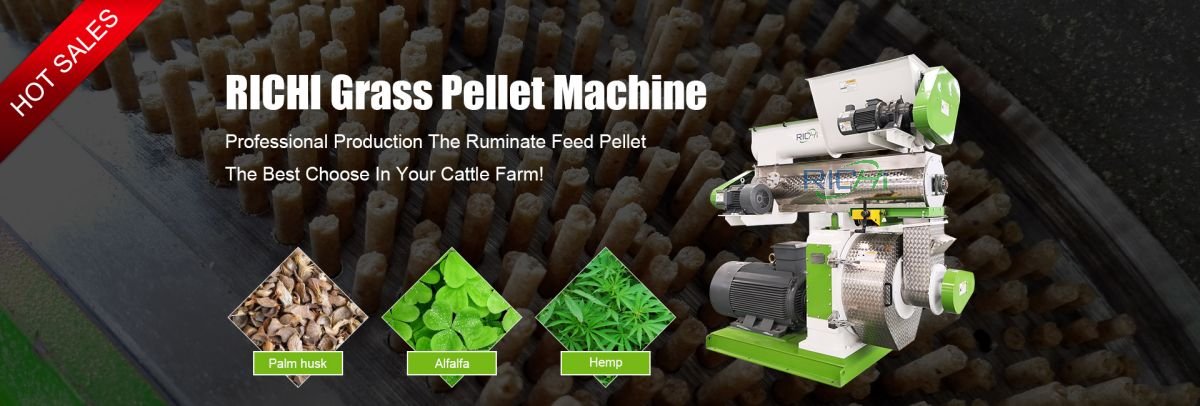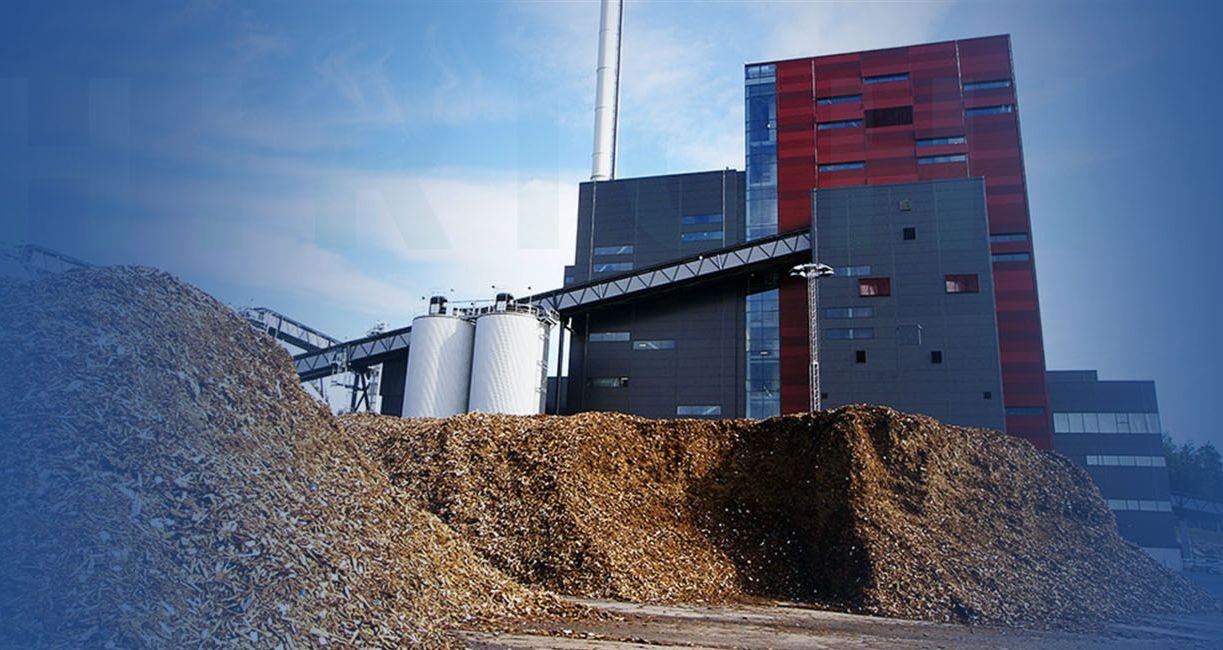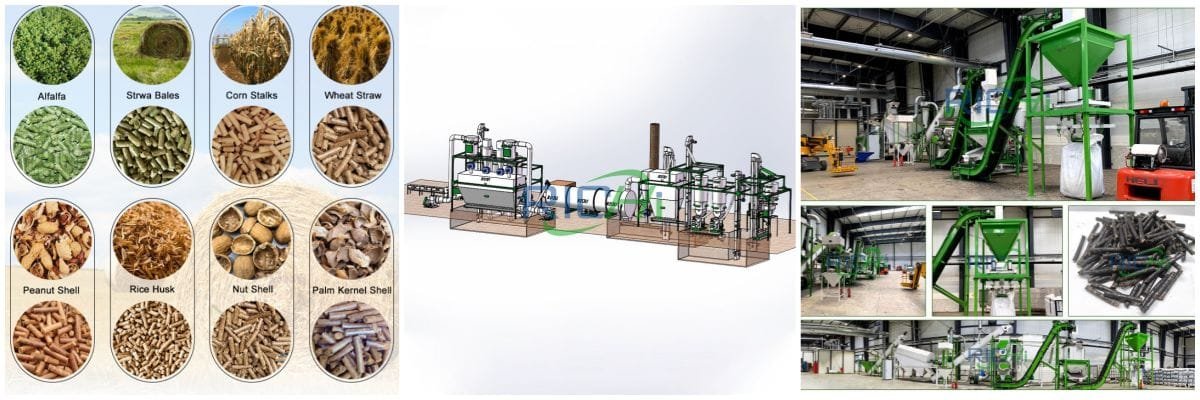Introduction to Wool Pellet Machines
Wool pellet machines are specialized equipment used in the agricultural and textile industries to convert wool waste into compact and convenient pellets. These machines play a crucial role in the recycling process, allowing wool manufacturers to repurpose their waste materials while reducing environmental impact.
Understanding the working principle of wool pellet machines is essential to maximize their efficiency and productivity. In this article, we will explore the components, features, and steps involved in the wool pelletizing process, as well as the factors that affect machine performance and the maintenance required for optimal operation.
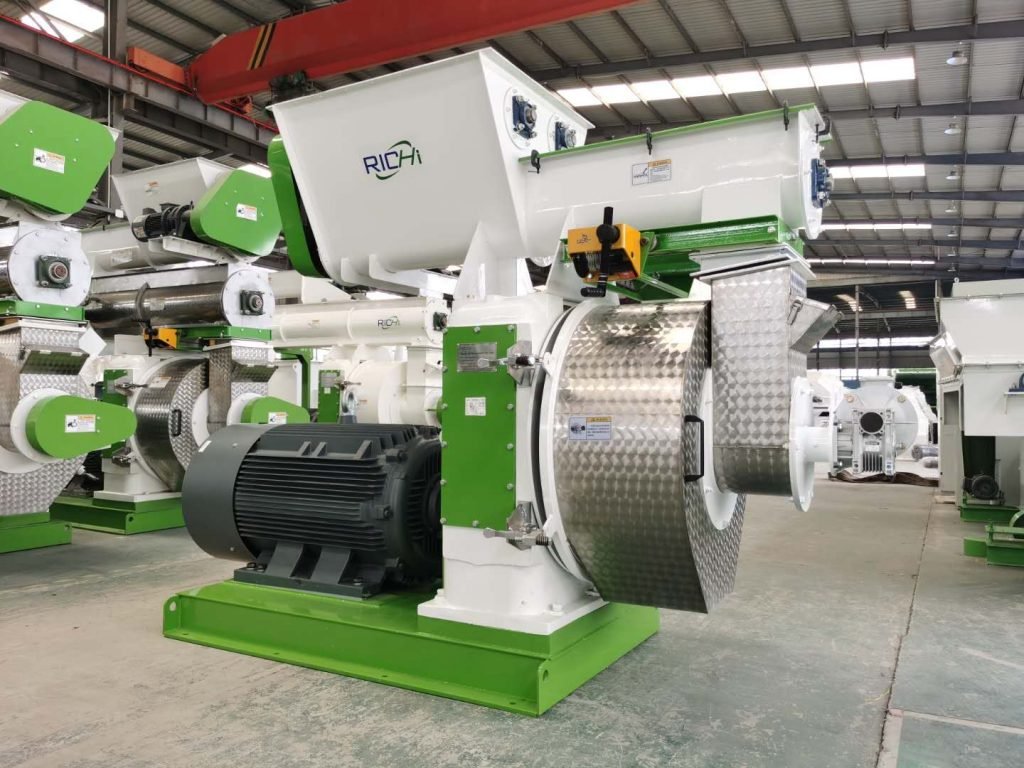
The Importance of Understanding the Working Principle
Understanding the working principle of wool pellet machines is vital for several reasons. First and foremost, it allows operators to optimize the machine’s performance, resulting in higher production rates and improved product quality.
By comprehending how the various components and features of the machine interact, operators can make informed adjustments to ensure the ideal pelletizing conditions are maintained. Additionally, a thorough understanding of the working principle enables effective troubleshooting and maintenance, minimizing downtime and prolonging the lifespan of the equipment.
Components and Features of Wool Pellet Machines
Wool pellet machines consist of several key components and features that contribute to their efficient operation. The main components include a feeder system, a conditioner, a pellet mill, a cooling system, and a screening and packaging unit. The feeder system is responsible for delivering the raw wool waste into the machine, while the conditioner prepares the material for pelletizing.
The pellet mill, equipped with a die and rollers, compresses the conditioned wool into pellets. The cooling system ensures the pellets attain the appropriate moisture content, and the screening and packaging unit separates and packages the finished pellets.
Related post: https://richipelletizer.com/wool-pellet-machine/
Step 1: Raw Material Preparation
The first step in the wool pelletizing process is the preparation of the raw material. Wool waste, such as scraps, fibers, or other byproducts, is collected and sorted to remove any contaminants or foreign materials.
Once sorted, the wool waste is shredded or chopped into smaller, more manageable pieces. This reduces the overall size of the material, making it easier to handle and improving the efficiency of subsequent processing steps.
Step 2: Material Conditioning and Pelletizing
After the raw material has been prepared, it undergoes conditioning to enhance its pelletizing properties. The conditioned wool waste is then fed into the pellet mill through the feeder system. Inside the pellet mill, the material is subjected to high pressure and heat as it passes through the die and rollers.
This pressure and heat cause the wool fibers to bind together, forming compact pellets. The size and density of the pellets can be adjusted by modifying the die and roller settings, allowing for customization to meet specific requirements.
Step 3: Cooling and Drying of Wool Pellets
Once the wool pellets have been formed, they are discharged from the pellet mill and enter the cooling system. The cooling system utilizes airflow or water to reduce the temperature of the pellets, preventing them from losing their shape or becoming deformed.
Simultaneously, the cooling process removes excess moisture from the pellets, ensuring they reach the desired moisture content for long-term storage and transportation. Proper cooling and drying are crucial to maintain the integrity and quality of the wool pellets.
Step 4: Screening and Packaging the Wool Pellets
After cooling and drying, the wool pellets are ready for screening and packaging. In this step, the pellets are sieved to remove any fines or oversized particles, ensuring a consistent pellet size distribution.
The screened pellets are then automatically conveyed to the packaging unit, where they are weighed and packaged in bags or containers for storage or distribution. Proper packaging not only ensures ease of handling but also maintains the quality and integrity of the wool pellets during transportation and storage.
Factors Affecting the Performance of Wool Pellet Machines
Several factors can influence the performance of the wool pellet machine.
- One crucial factor is the quality and consistency of the raw material.
- Variations in moisture content, fiber length, and contamination levels can affect the pelletizing process and the resulting pellet quality.
- The die and roller settings also play a significant role in determining the size and density of the pellets.
- Additionally, factors such as machine speed, temperature control, and operator skill can impact the production rate and overall efficiency of the machine.

Maintenance and Troubleshooting of Wool Pellet Machines
To ensure the smooth operation of wool pellet machines, regular maintenance is essential. This includes routine inspections, cleaning, and lubrication of various machine components. Additionally, any worn or damaged parts should be promptly replaced to prevent further damage or downtime. Troubleshooting is another crucial aspect of machine maintenance.
Operators should be familiar with common issues that may arise during operation and have the necessary knowledge and tools to resolve them promptly. Regular maintenance and effective troubleshooting practices are key to maximizing the lifespan and performance of wool pellet machines.
Conclusion: Enhancing Efficiency and Productivity
Understanding the working principle of the pellet mill is paramount for achieving optimal efficiency and productivity. By comprehending the steps involved in the pelletizing process and the factors that influence machine performance, operators can make informed decisions to enhance production rates and product quality.
Regular maintenance and effective troubleshooting practices further contribute to the smooth operation of the machines. Ultimately, a well-maintained and properly operated wool pellet machine allows for the efficient utilization of wool waste, reducing environmental impact and promoting sustainability in the agricultural and textile industries.
